Monika Czyżyk
Bamboocene: Memories of Synchronicity and Geographies of a Lonely Pole | 16.10-15.11.2020

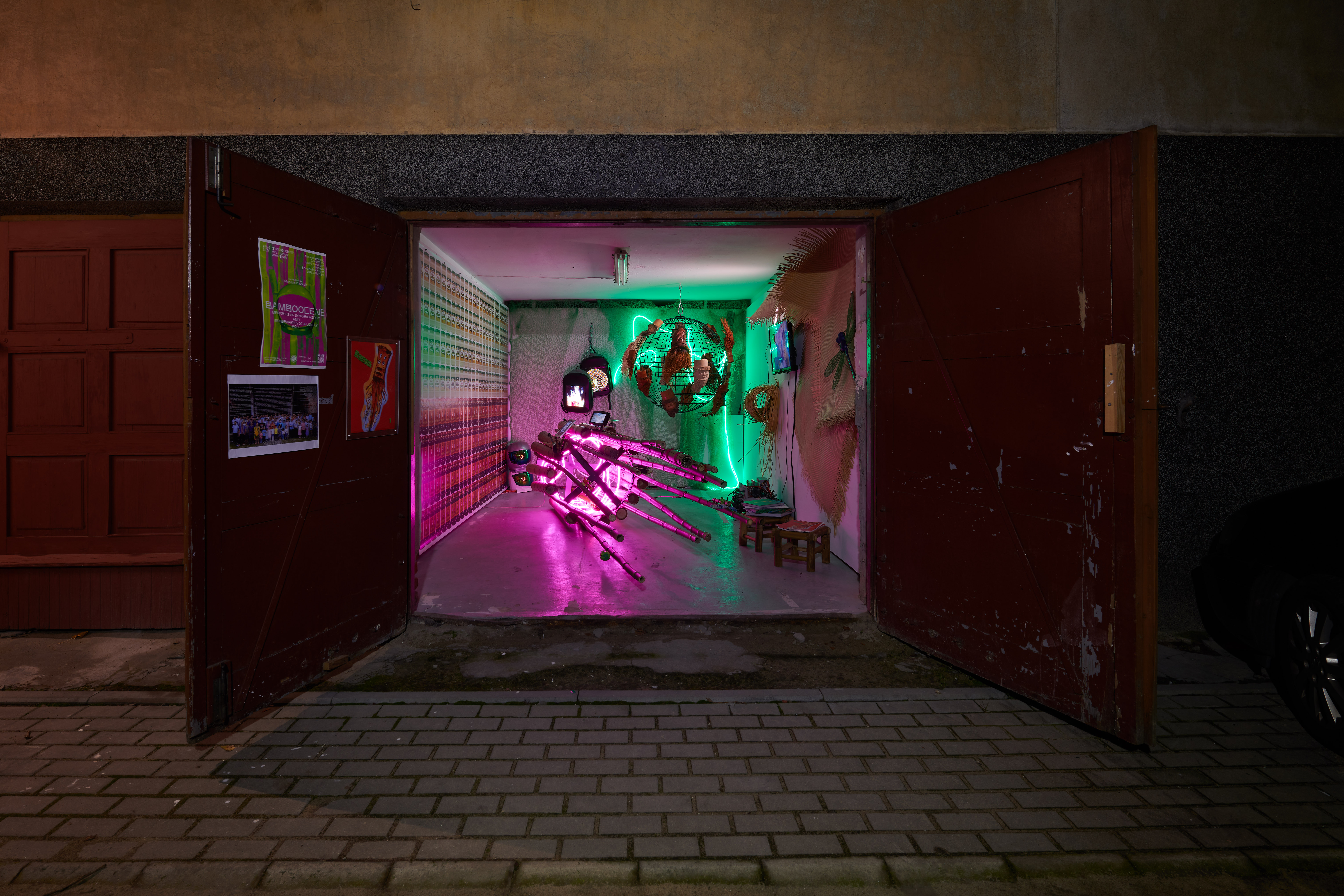




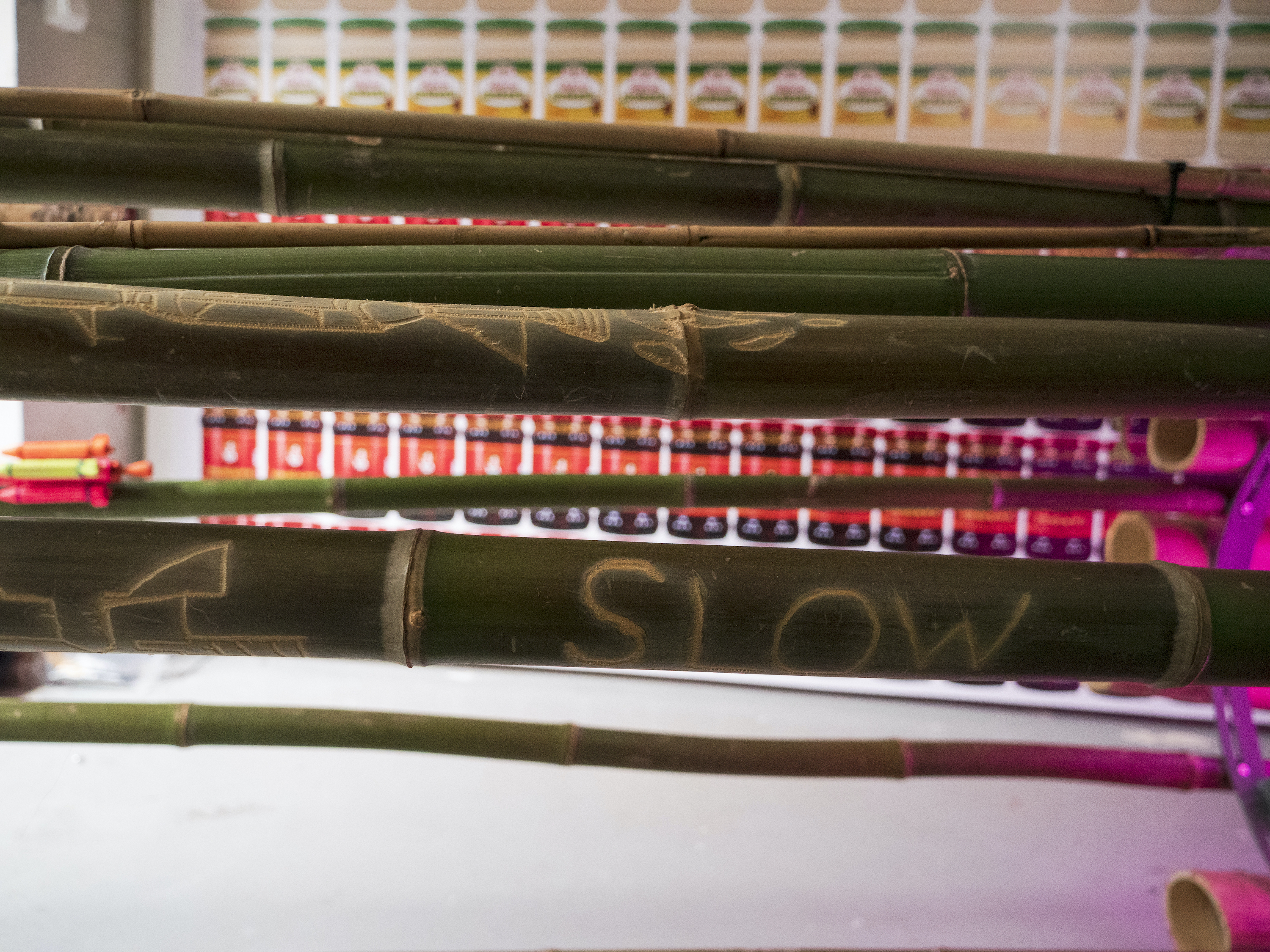
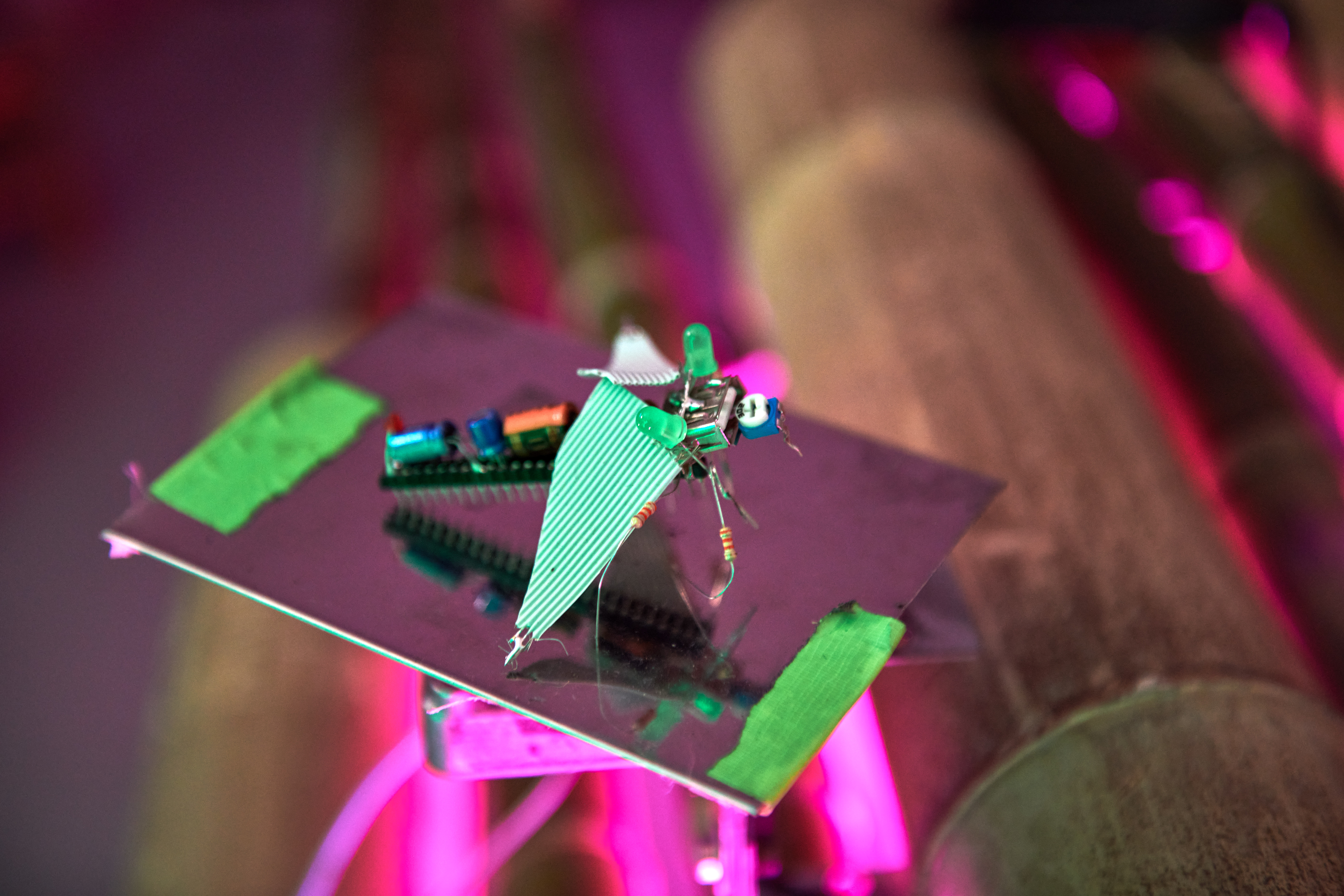
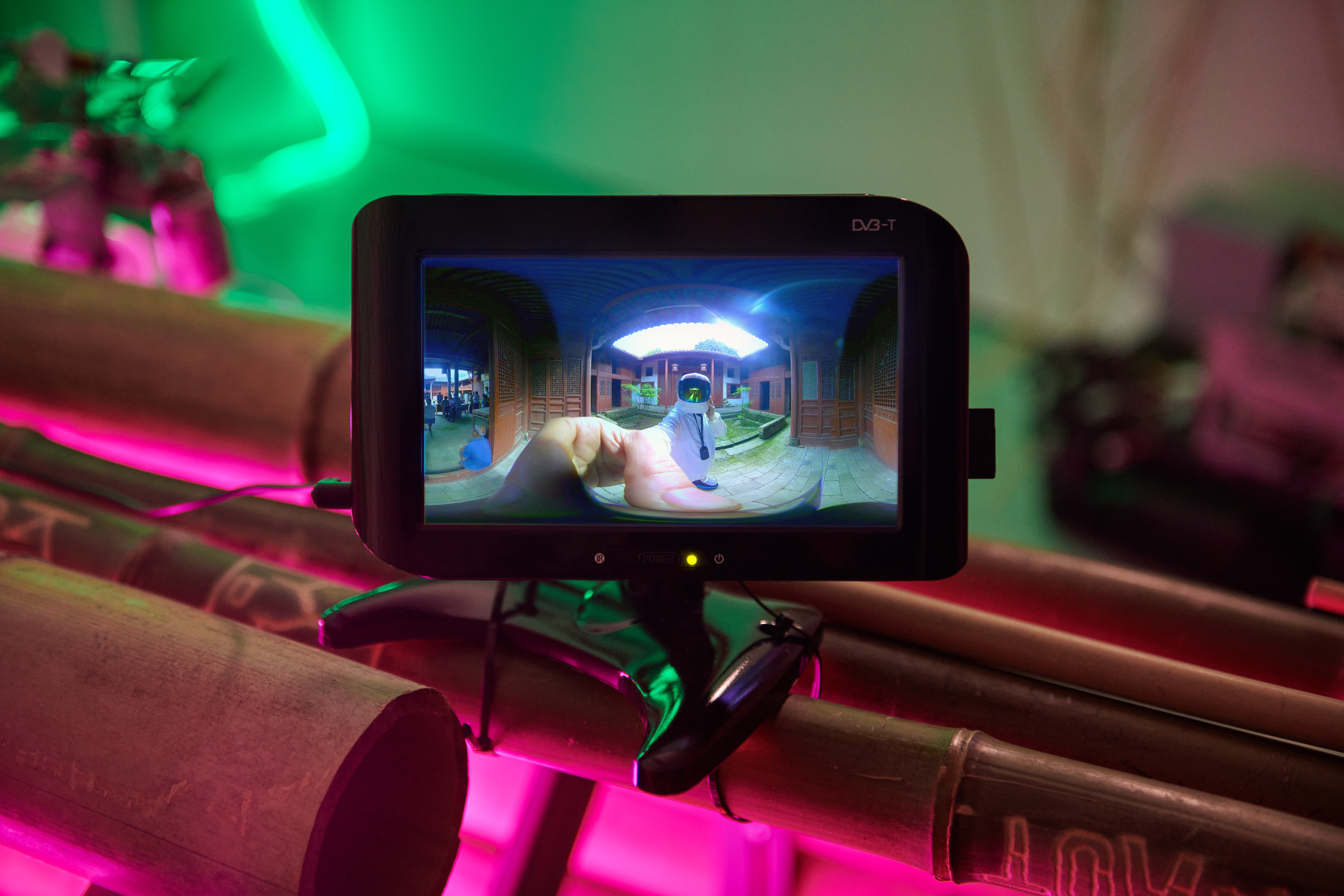
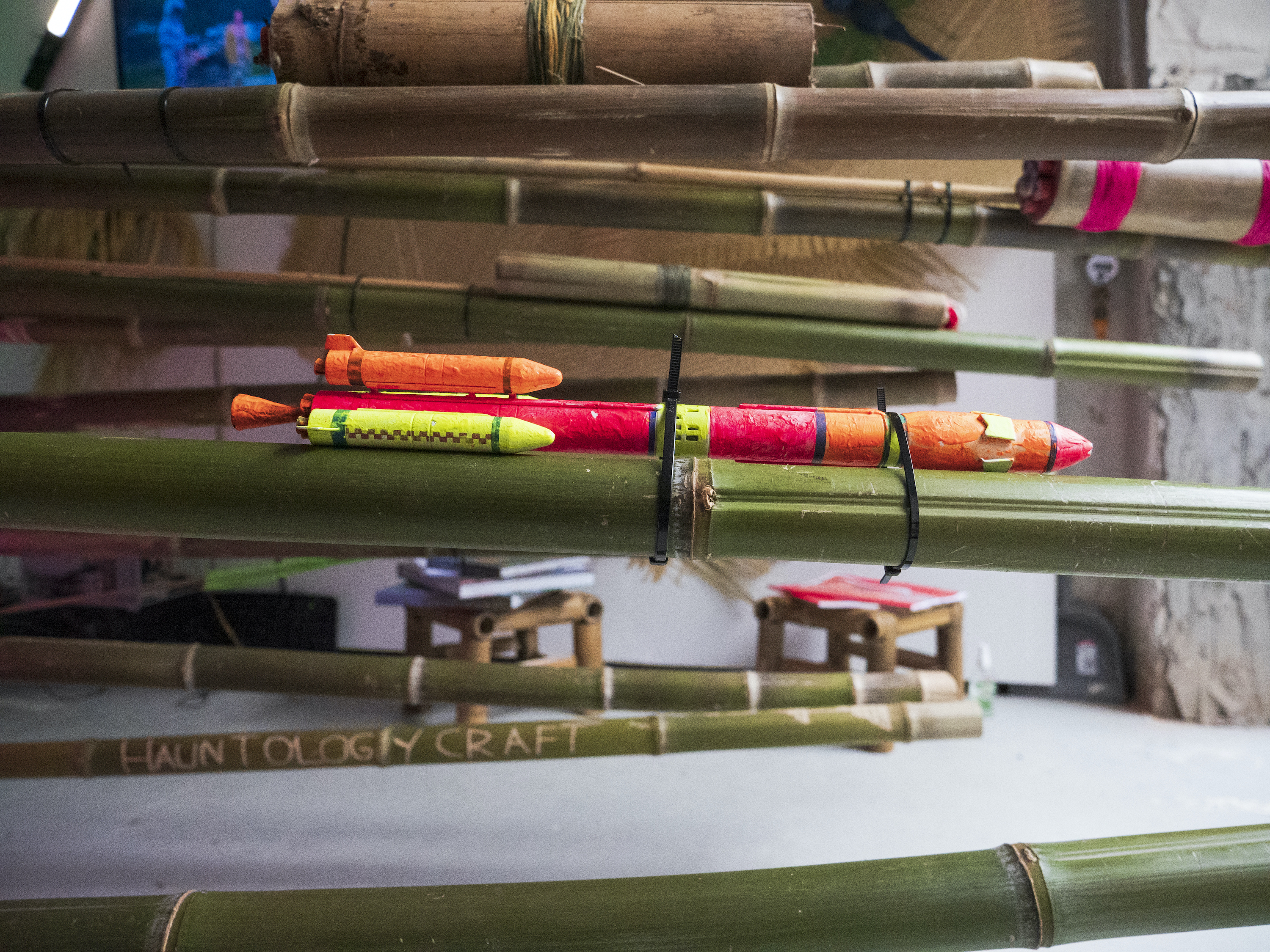
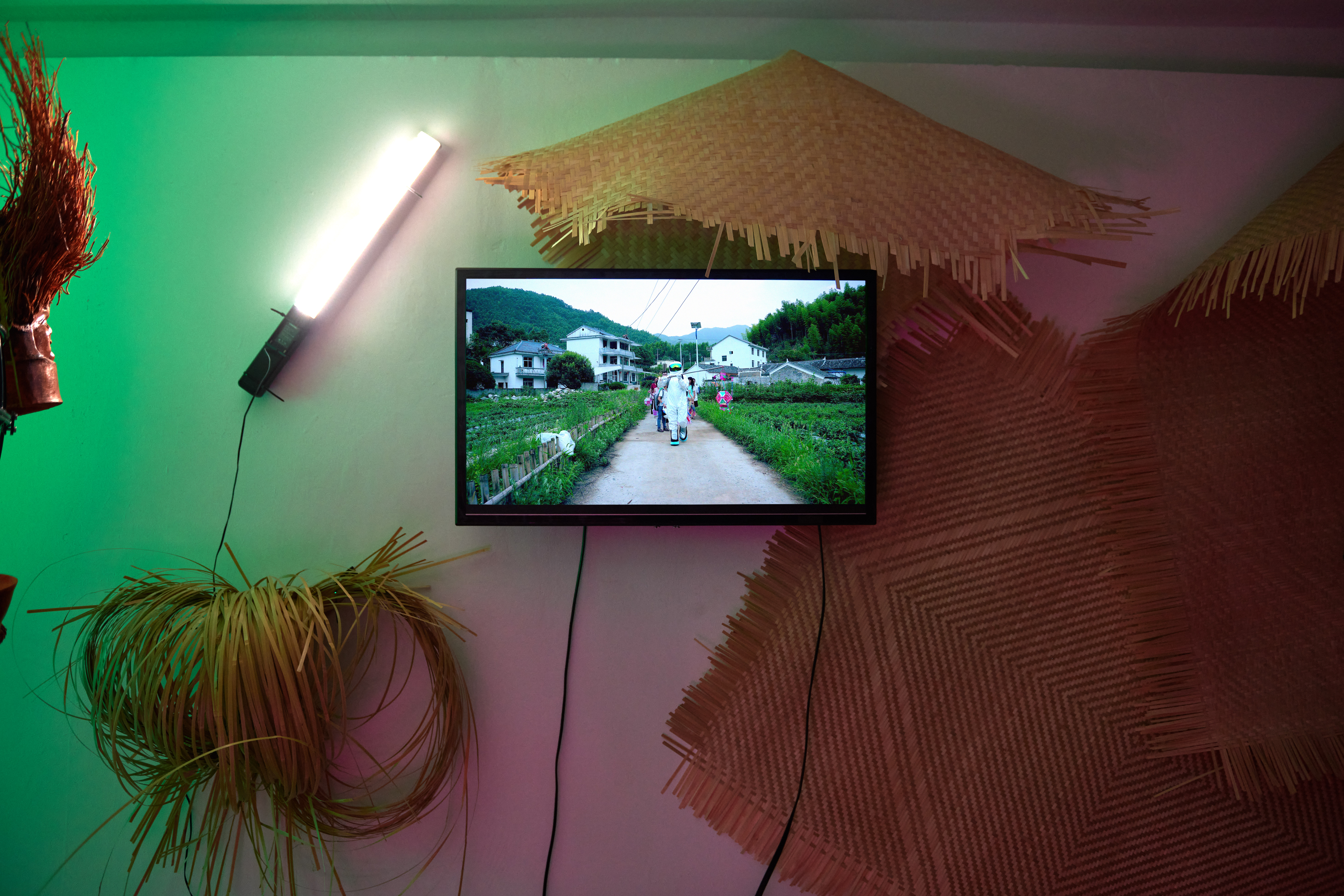
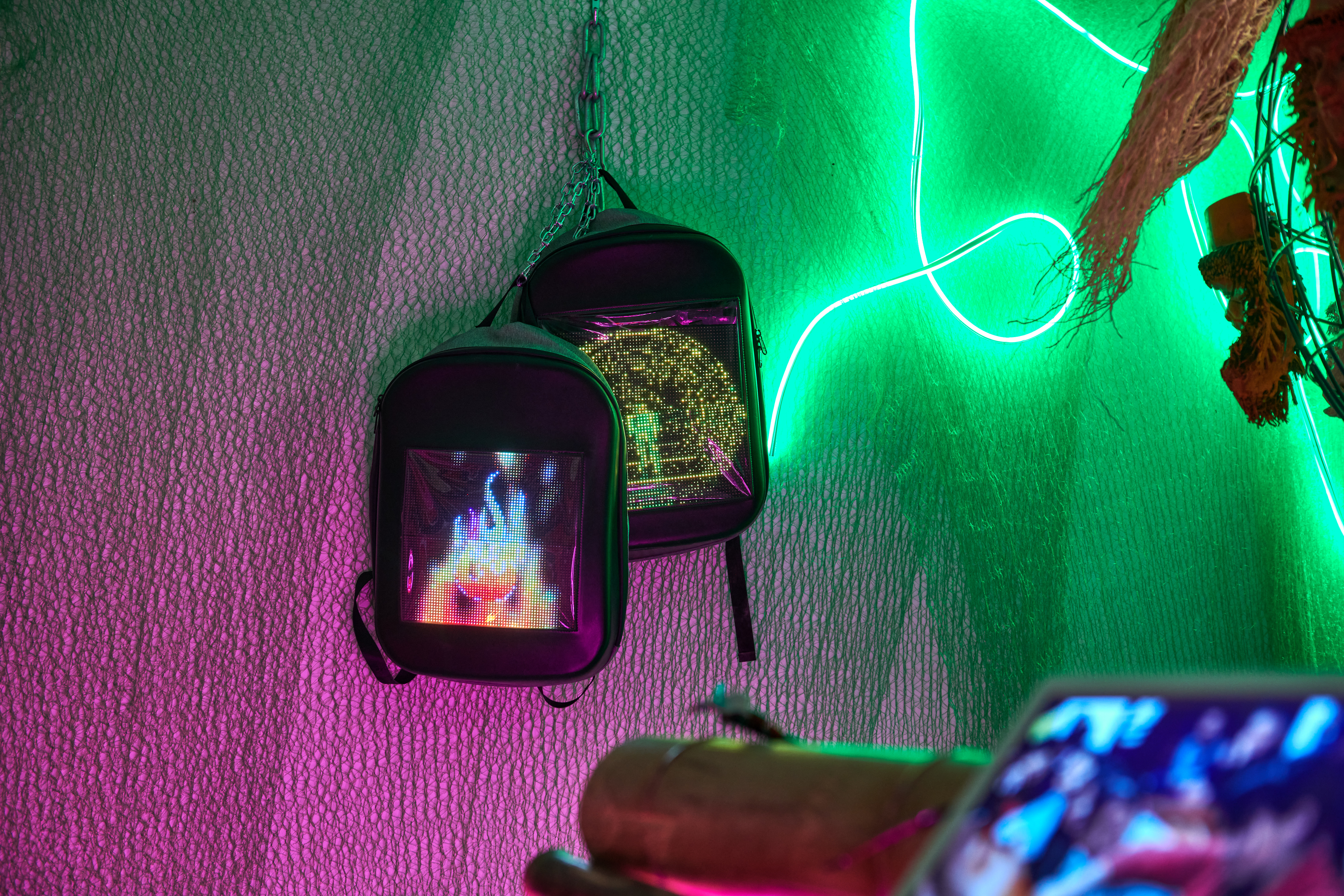

The scheduled screening of Czyżyk’s docufiction film I Want to Build a Rocket at the Zachęta Screening Room has been canceled due to the pandemic. Instead, we will host an online discussion between Monika and curators Stanisław Welbel (Austrian Cultural Council in Warsaw, PL) and Song Yi (Institute for Provocation in Beijing, China) on Wednesday, November 18th @ 18:00.
I Want to Build A Rocket (v.1) Screening + Conversation
18.11.2020, online
18:00 (GMT+1)
18.11.2020, online
18:00 (GMT+1)
More info can be found at our event link
Bamboo is an extraordinary plant (actually, technically, an evergreen perennial flowering grass). One of the fastest-growing in the world, it is also incredibly versatile in how it is used by humans (for food, construction, fuel, fabric, defense, and more) and most likely because of this versatility, there are many legends and mythologies attached to the plant. Bamboo has two growth patterns, ‘clumping’ or ‘running’. Clumping bamboo tends to spread slowly with gradual expansion of the rhizome while running bamboo has a more aggressive rhizome, spreading widely underground, sending up new clumps across the earth's surface. Another curious feature is their synchronous flowering habit—irrespective of geographic location or climate, plants derived from the same mother will flower in unison, across the globe, as if cued by some congenital alarm.
Monika’s fascination with bamboo began during a visit to Anhui Province while on residency in Beijing. Surrounded by a bamboo forest, with the local processing plant providing the primary source of income for the community, it was also a time during which the area was undergoing a tourism-focused ‘modernization’ which was supported by a governmental revitalization program. She recalled the Polish saying ‘przepis na zachod’ (recipe for Westernization), as small things like the introduction of coffee to menus became noticeable, and was spontaneously compelled to make a bamboo rocket. And so with support from the communities of Wanjian and Shangcun, she began the process of building the rocket.
Bamboocene: Memories of Synchronicity is a multi-year multimedia project which features a docufiction film called "I Want to Build a Rocket". Shot on location in China, Finland, and Poland, the film explores several themes: community revitalization, tourist-centric gentrification, ecological fiction, synchronicity, bamboo, and international space programs. The idiosyncratic film is presented as a multi-vocal travelogue with songs, collaborative performance art, experimental animations, and documentary elements that co-exist to deliver the narrative. The film is accompanied by sculptures created in Beijing and Vartiosaari Island (FI), with bamboo recycled from previous exhibitions in China as well as newer bamboo grown in the Netherlands. The sculptures are a playful homage to the first self-propelled, ground crawling bamboo fireworks and rockets, called ‘earth rats’, that were created in China during the Sung Dynasty (960-1279 CE).
Through the collective works, Czyżyk asks if these folk cultures will be able to metabolize such global transformations/modernizations. Will it help them to survive and flourish, or will it ultimately be their end?
Bamboocene: Memories of Synchronicity was commissioned by the municipalities of Wanjian and Shangcun in Anhui Province (CN). It was created in cooperation with the Institute for Provocation, an artist residency in Beijing, and the China Academy of Urban Planning and Design and is supported by the Kone Foundation, the Finnish Cultural Foundation, and Frame Finland.
Opening: 16.10, 6-9pm
Closing: 18.11
open by appointment only
Bambus to niezwykła roślina (właściwie, technicznie rzecz biorąc, wiecznie zielona i kwitnąca trawa). Jedna z najszybciej rosnących na świecie, niezwykle uniwersalna pod względem sposobów jej wykorzystywania przez ludzi (jako pożywienie, elementy konstrukcyjne, paliwa, wytwarzane są z niej tkaniny, narzędzia i wiele więcej). Najprawdopodobniej dzięki tej wszechstronności istnieje wiele legend i mitologii związanych z bambusem. Ma dwa wzorce wzrostu: „zbryla się” lub „biegnie”. Pierwszy z nich ma tendencję do powolnego rozprzestrzeniania się wraz ze stopniową ekspansją kłącza, podczas gdy bambus ,,biegnący’’ ma bardziej agresywne kłącza, rozprzestrzeniające się szeroko pod ziemią, wysyłając nowe kępy po powierzchni ziemi. Inną ciekawą cechą jest ich globalny pokrój kwitnienia - niezależnie od położenia geograficznego i klimatu, rośliny pochodzące od tej samej matki będą kwitnąć synchronicznie, jakby wywołane alarmem przodków.
Fascynacja Moniki tą rośliną miała swój początek podczas trwania jej rezydencji w Pekinie, po wizycie w prowincji Anhui, która otoczona jest lasem bambusowym z lokalną przetwórnią stanowiącą główne źródło dochodu dla społeczności. W tym okresie obszar ten przechodził „modernizację” turystyczną pod przewodnictwem CAUPD (China Academy of Urban Planning and Design). Przypomniało to artystce polskie powiedzenie „przepis na zachód”, po tym gdy małe rzeczy, takie jak wprowadzenie kawy do menu, stało się zauważalne. Spontanicznie zainicjowało to proces budowania bambusowej rakiety przy wsparciu społeczności Wanjian i Shangcun.
Bamboocene: Memories of Synchronicity to wieloletni projekt multimedialny, w ramach którego prezentowany jest film dokumentalny „Chcę zbudować rakietę”. Film nakręcony w Chinach, Finlandii i Polsce porusza kilka tematów: rewitalizację społeczności, gentryfikację zorientowaną na turystów, fikcję ekologiczną, synchroniczność, bambus i międzynarodowe programy kosmiczne. Ten specyficzny film jest przedstawiany jako wielo-wokalny dziennik podróżniczy z piosenkami, wspólnym performansem, eksperymentalnymi animacjami i elementami dokumentalnymi, które współistnieją, aby opowiadać. Filmowi towarzyszą rzeźby wykonane w Pekinie i na wyspie Vartiosaari (FI) z bambusa pochodzącego z recyklingu z poprzednich wystaw w Chinach oraz nowszego bambusa uprawianego w Holandii. Rzeźby są zabawnym hołdem dla pierwszych samobieżnych, pełzających po ziemi bambusowych fajerwerków i rakiet, zwanych „ziemnymi szczurami”, które powstały w Chinach zapanowania dynastii Sung (960-1279 n.e.).
Czyżyk poprzez wspólne prace pyta, czy te kultury ludowe będą w stanie metabolizować takie globalne przemiany / modernizacje. Czy to pomoże im przetrwać i rozkwitnąć, czy też ostatecznie będzie ich końcem?
W środę 28.10 w Zachęcie odbędzie się pokaz filmu ,,Chcę zbudować rakietę’’, po którym odbędzie się rozmowa Moniki Czyżyk ze Stanisławem Welbelem, szczegóły zostaną ogłoszone wkrótce.
Bamboocene: Memories of Synchronicity zostało zlecone przez gminy Wanjian i Shangcun w prowincji Anhui (CN). Powstał we współpracy z Institute for Provocation, podczas rezydencji artystycznej w Pekinie oraz Chińską Akademią Urbanistyki i Projektowania i jest wspierany przez Fundację Kone, Fińską Fundację Kultury i Frame Finland.